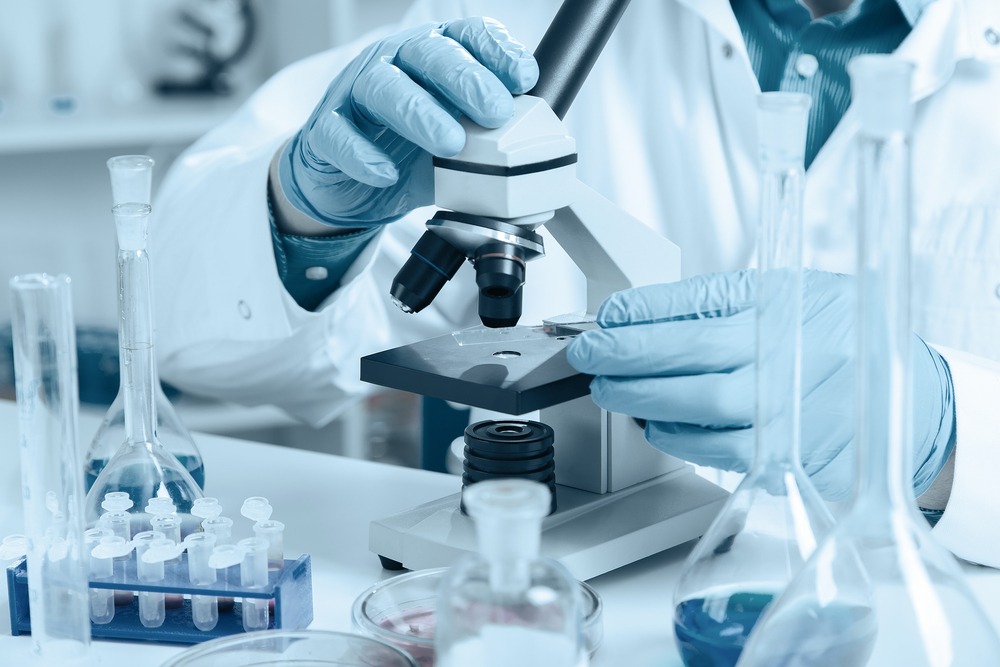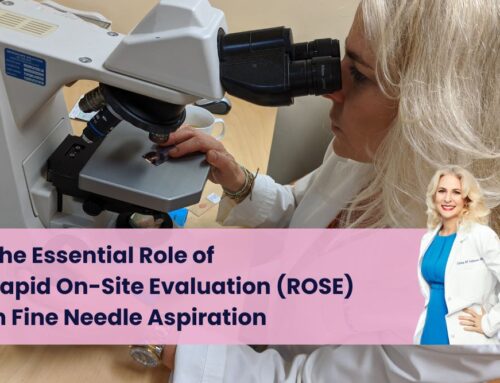
Your FNA specialist uses one of two ways to look at tissue samples to help determine if your lump is benign or malignant. FNA stands for fine needle aspiration, and FNB stands for fine needle biopsy. They both work for collecting tissue samples during diagnostic testing. However, many people prefer FNA for lumps in their necks, faces, and heads due to its minimally invasive biopsy technique and faster recovery time.
We’re going to break down the differences between the two in this post. Our goal is to give you all of the information that you need to make an informed decision about biopsy methods, cancer detection, and treatment options.
Understanding the Difference Between FNA and FNB
As we mentioned earlier, FNA is a form of biopsy using a fine needle. FNB is also a biopsy method that involves using a thin needle for tissue extraction. Your biopsy doctor LA will use ultrasound imaging powered by sound waves to examine lumps or nodules and guide the needle precisely into the lump to collect cells. This is where the main difference comes into play.
A sample taken using fine needle aspiration (FNA) will show tissue samples on a cellular level, while a sample taken using a fine needle biopsy (FNB) shows the tissue sample as an intact core. However, this doesn’t necessarily improve the accuracy level over a tissue sample taken with FNA.
Both procedures are relatively quick, lasting anywhere from 20 minutes to an hour from start to finish. You usually don’t do much in preparation for either procedure. Your FNA specialist may recommend that you stop taking certain medications 24 to 48 hours before you have the procedure. You’ll also have minimal downtime afterward. Since this is a minimally invasive biopsy, you shouldn’t have a lot of pain after the biopsy with either FNA or FNB.
In some cases, CT scans, endoscopic ultrasound, or computed tomography may be used to enhance visibility for deep tissue biopsy testing.
Why Use FNA or FNB For Neck and Head Masses
People like to use FNA or FNB to help diagnose neck, oral, or head masses because there is a decreased risk of infection during and after the procedure. Since they use thin and fine needles to extract the samples, you won’t have to worry as much because you’ll end up with a small needle puncture instead of a surgical incision.
There is also no anesthesia with fine needle aspiration or with a fine needle biopsy. You will most likely get a local numbing agent instead. In turn, you’ll have reduced surgical risks and faster healing.
Finally, patients choose these biopsy methods because they provide precise results compared to an incisional biopsy, especially for diagnosing thyroid nodules, lymph node abnormalities, or head and neck tumors.
Bottom Line
Both FNA and FNB are highly effective options for anyone with a lump, tumor, or mass who wants to determine if it’s benign or malignant. You should contact a biopsy doctor LA or fine needle aspiration specialist to better understand your diagnostic testing and treatment options.
This is also an excellent time to set up an appointment or consultation to discuss fine needle aspiration, fine needle biopsy, and other cancer screening procedures.



